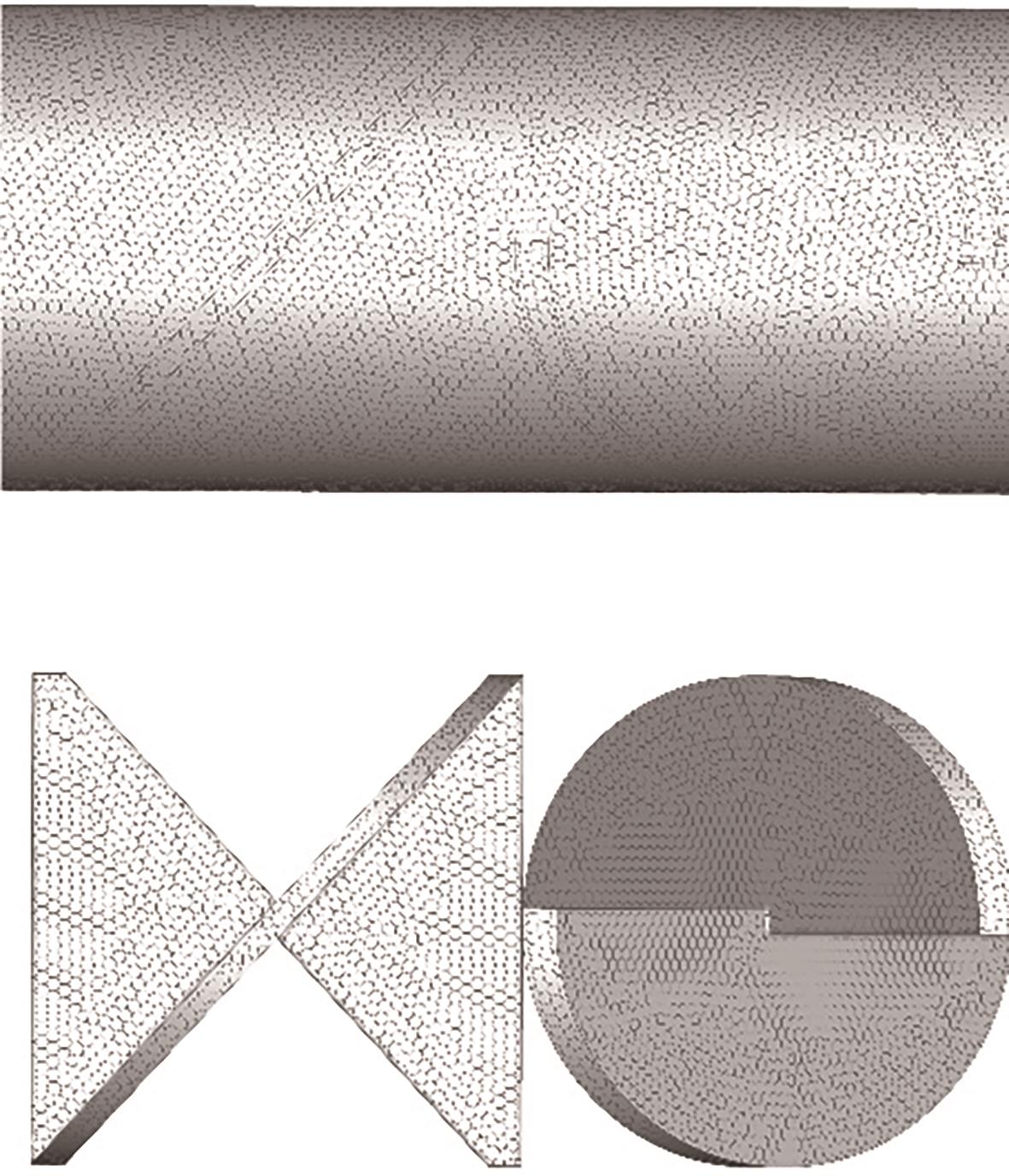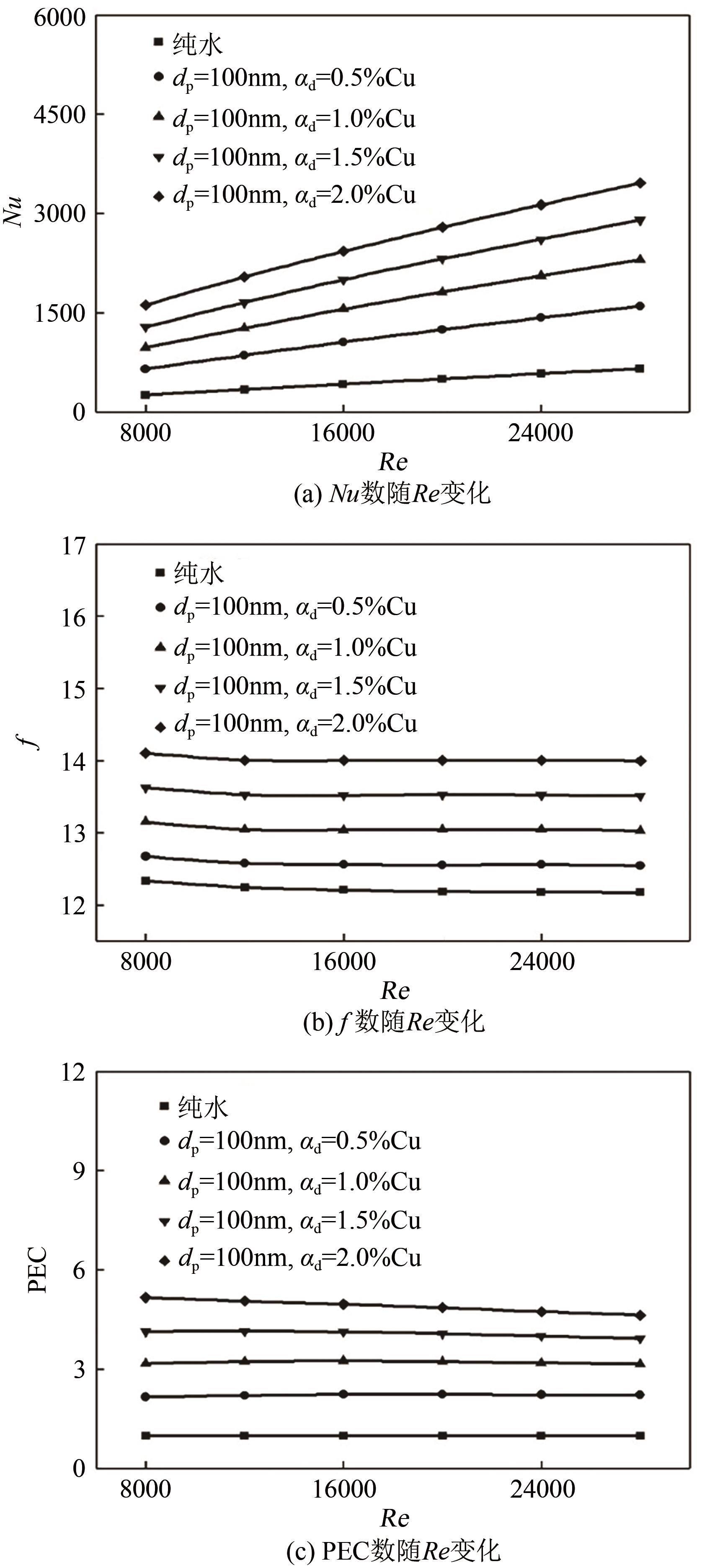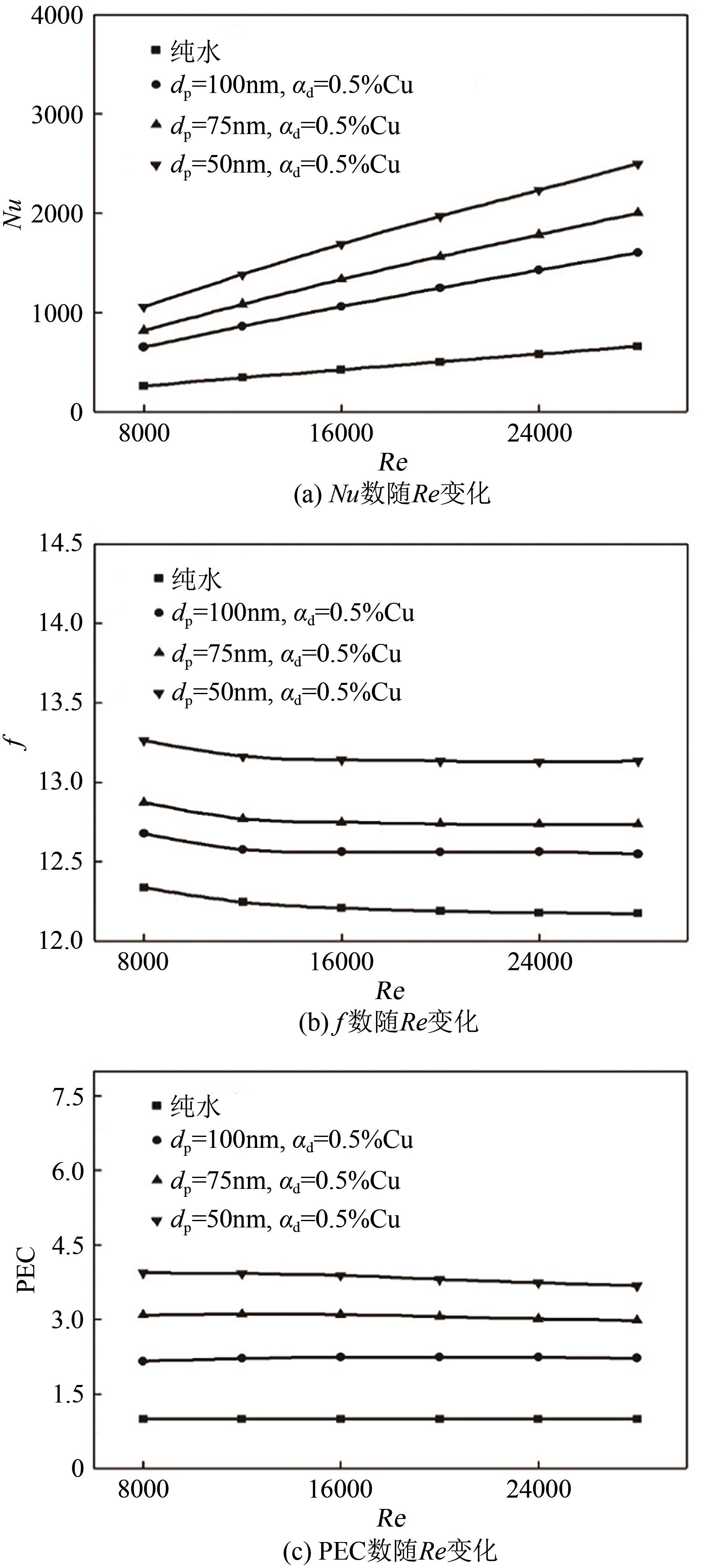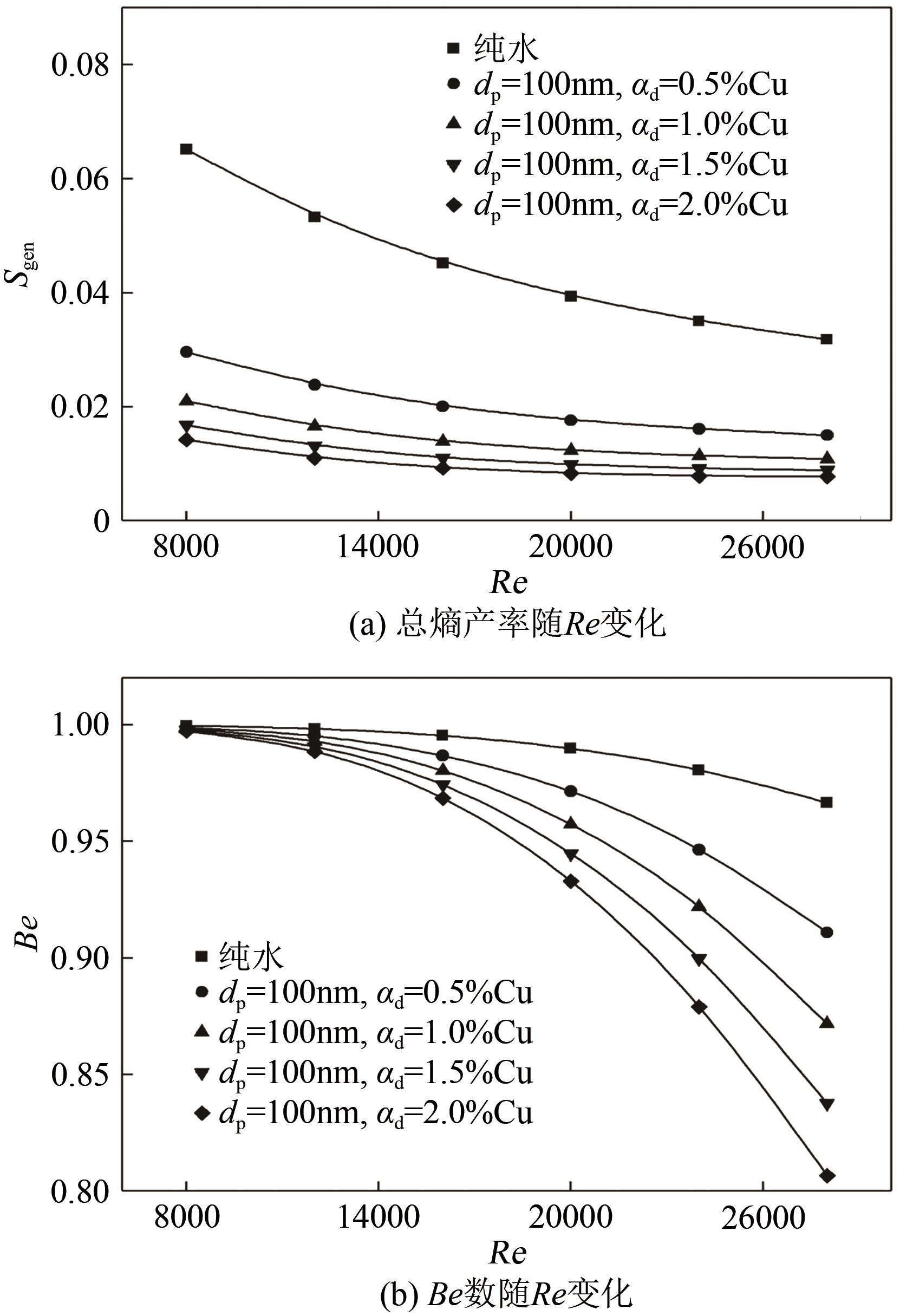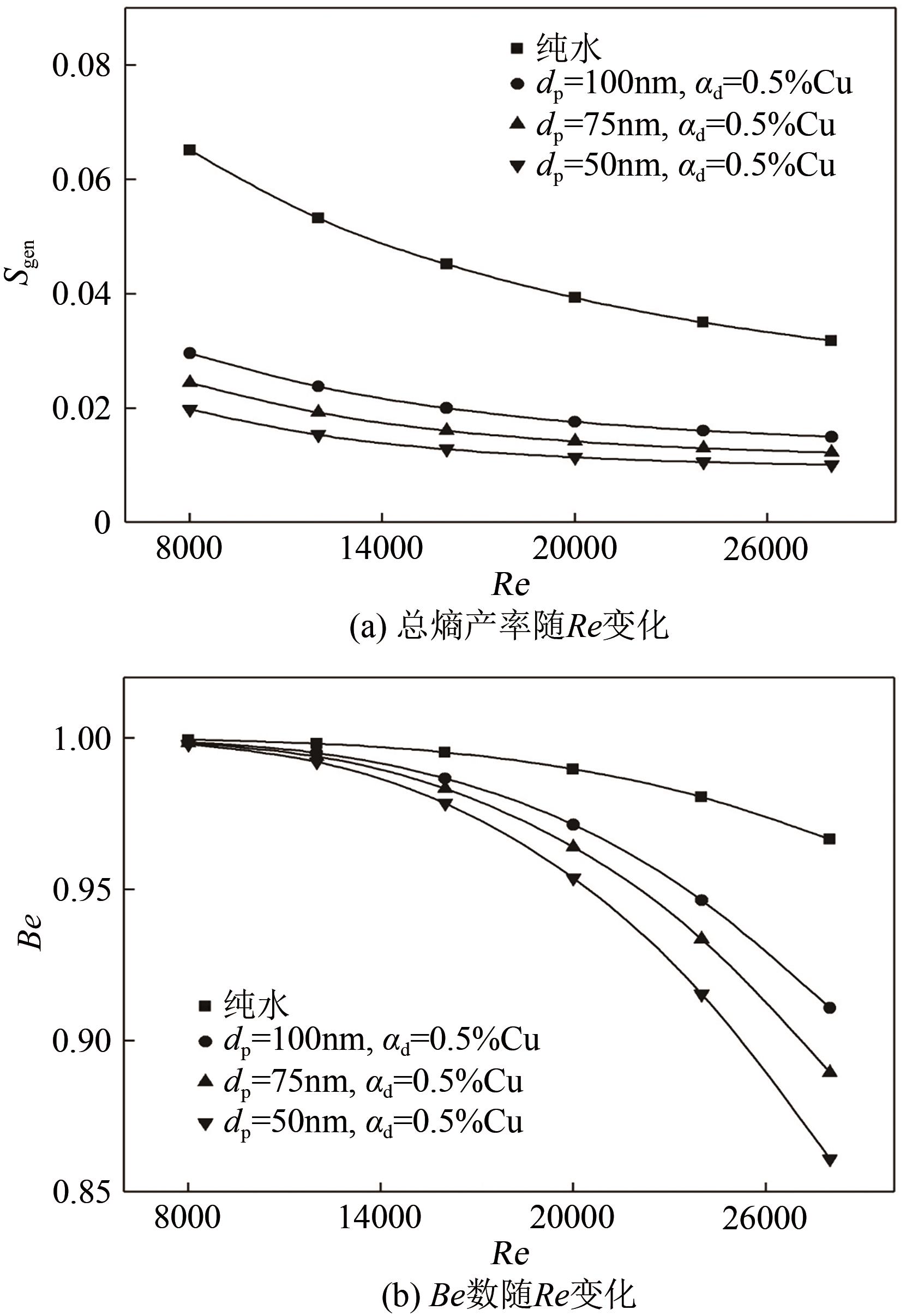| 1 |
LI Xiaoyan. Design of energy-conservation and emission-reduction plans of China's industry: evidence from three typical industries[J]. Energy, 2020, 209: 118358.
|
| 2 |
何盛宝. 新形势下我国化工行业的创新与发展[J]. 化工进展, 2021, 40(1): 1-5.
|
|
HE Shengbao. Innovation and development of China's chemical industry against new situation[J]. Chemical Industry and Engineering Progress, 2021, 40(1): 1-5.
|
| 3 |
GHANEM A, LEMENAND T, DELLA VALLE D, et al. Static mixers: mechanisms, applications, and characterization methods—A review[J]. Chemical Engineering Research and Design, 2014, 92(2): 205-228.
|
| 4 |
THAKUR R K, VIAL C, NIGAM K D P, et al. Static mixers in the process industries—A review[J]. Chemical Engineering Research and Design, 2003, 81(7): 787-826.
|
| 5 |
LI H Z, FASOL C, CHOPLIN L. Hydrodynamics and heat transfer of rheologically complex fluids in a Sulzer SMX static mixer[J]. Chemical Engineering Science, 1996, 51(10): 1947-1955.
|
| 6 |
RAHMANI R K, KEITH T G, AYASOUFI A. Numerical study of the heat transfer rate in a helical static mixer[J]. Journal of Heat Transfer, 2006, 128(8): 769-783.
|
| 7 |
刘春江, 刘辉, 陆寒冰, 等. 新型管内插入物——立交盘强化传热的实验与模拟[J]. 化工学报, 2008, 59(2): 301-308.
|
|
LIU Chunjiang, LIU Hui, LU Hanbing, et al. Heat transfer enhancement in round tube with cross over disk: experiment and simulation[J]. Journal of Chemical Industry and Engineering (China), 2008, 59(2): 301-308.
|
| 8 |
SIMÕES P C, AFONSO B, FERNANDES J, et al. Static mixers as heat exchangers in supercritical fluid extraction processes[J]. The Journal of Supercritical Fluids, 2008, 43(3): 477-483.
|
| 9 |
吴剑华, 张静, 张春梅, 等. 四叶片组合静态混合器湍流传热性能的数值模拟分析[J]. 过程工程学报, 2009, 9(1): 7-11.
|
|
WU Jianhua, ZHANG Jing, ZHANG Chunmei, et al. Numerical simulation of turbulent flow and heat transfer in a four twisted elements static mixer[J]. The Chinese Journal of Process Engineering, 2009, 9(1): 7-11.
|
| 10 |
张静, 康铁鑫, 龚斌, 等. 双扭旋叶片组合形式对管内湍流换热性能的影响[J]. 化工学报, 2011, 62(S2): 52-60.
|
|
ZHANG Jing, KANG Tiexin, GONG Bin, et al. Effect of combination method of double-twisted blades on turbulent convective heat transfer[J]. CIESC Journal, 2011, 62(S2): 52-60.
|
| 11 |
RAKOCZY R, MASIUK S, KORDAS M, et al. The effects of power characteristics on the heat transfer process in various types of motionless mixing devices[J]. Chemical Engineering and Processing: Process Intensification, 2011, 50(9): 959-969.
|
| 12 |
LEI Y G, ZHAO C H, SONG C F. Enhancement of turbulent flow heat transfer in a tube with modified twisted tapes[J]. Chemical Engineering & Technology, 2012, 35(12): 2133-2139.
|
| 13 |
MENG Huibo, ZHU Guangxue, YU Yanfang, et al. The effect of symmetrical perforated holes on the turbulent heat transfer in the static mixer with modified Kenics segments[J]. International Journal of Heat and Mass Transfer, 2016, 99: 647-659.
|
| 14 |
YU Yanfang, WANG Haiye, SONG Mingyuan, et al. The effects of element direction and intersection angle of adjacent Q-type inserts on the laminar flow and heat transfer[J]. Applied Thermal Engineering, 2016, 94: 282-295.
|
| 15 |
REGNER M, ÖSTERGREN K, TRÄGÅRDH C. Influence of viscosity ratio on the mixing process in a static mixer: numerical study[J]. Industrial & Engineering Chemistry Research, 2008, 47(9): 3030-3036.
|
| 16 |
MENG Huibo, HAN Mengqi, YU Yanfang, et al. Numerical evaluations on the characteristics of turbulent flow and heat transfer in the lightnin static mixer[J]. International Journal of Heat and Mass Transfer, 2020, 156: 119788.
|
| 17 |
KUMAR N, PURANIK B P. Numerical study of convective heat transfer with nanofluids in turbulent flow using a Lagrangian-Eulerian approach[J]. Applied Thermal Engineering, 2017, 111: 1674-1681.
|
| 18 |
PAKRAVAN H A, YAGHOUBI M. Analysis of nanoparticles migration on natural convective heat transfer of nanofluids[J]. International Journal of Thermal Sciences, 2013, 68: 79-93.
|
| 19 |
ALBOJAMAL A, VAFAI K. Analysis of single phase, discrete and mixture models, in predicting nanofluid transport[J]. International Journal of Heat and Mass Transfer, 2017, 114: 225-237.
|
| 20 |
ADIBI O, RASHIDI S, ABOLFAZLI ESFAHANI J. Effects of perforated anchors on heat transfer intensification of turbulence nanofluid flow in a pipe[J]. Journal of Thermal Analysis and Calorimetry, 2020, 141(5): 2047-2059.
|
| 21 |
HE Wei, TOGHRAIE D, LOTFIPOUR A, et al. Effect of twisted-tape inserts and nanofluid on flow field and heat transfer characteristics in a tube[J]. International Communications in Heat and Mass Transfer, 2020, 110: 104440.
|
| 22 |
ZHANG Aoyu, WANG Zhixiao, DING Guibin, et al. Numerical and experimental investigation on heat transfer characteristics of nanofluids in a circular tube with CDTE[J]. Heat and Mass Transfer, 2021, 57(8): 1329-1345.
|
| 23 |
MENTER F R, KUNTZ M, LANGTRY R. Ten years of industrial experience with the SST turbulence model[C]//Proceedings of the 4th International Symopslum on Turbulence, Heat and Mass Transfer, 2003: 625-632.
|
| 24 |
PAK B C, CHO Y I. Hydrodynamic and heat transfer study of dispersed fluids with submicron metallic oxide particles[J]. Experimental Heat Transfer, 1998, 11(2): 151-170.
|
| 25 |
LUNDGREN T S. Slow flow through stationary random beds and suspensions of spheres[J]. Journal of Fluid Mechanics, 1972, 51(2): 273-299.
|
| 26 |
HAMILTON R L, CROSSER O K. Thermal conductivity of heterogeneous two-component systems[J]. Industrial & Engineering Chemistry Fundamentals, 1962, 1(3): 187-191.
|
| 27 |
崔文政. 纳米流体强化动量与热量传递机理的分子动力学模拟研究[D]. 大连: 大连理工大学, 2013.
|
|
CUI Wenzheng. Mechanism of momentum and heat transfer enhancement in nanofluids by molecular dynamics simulation[D]. Dalian: Dalian University of Technology, 2013.
|
| 28 |
KO T H, TING K. Entropy generation and optimal analysis for laminar forced convection in curved rectangular ducts: a numerical study[J]. International Journal of Thermal Sciences, 2006, 45(2): 138-150.
|
| 29 |
KOCK F, HERWIG H. Entropy production calculation for turbulent shear flows and their implementation in CFD codes[J]. International Journal of Heat and Fluid Flow, 2005, 26(4): 672-680.
|
| 30 |
HERWIG H, KOCK F. Direct and indirect methods of calculating entropy generation rates in turbulent convective heat transfer problems[J]. Heat and Mass Transfer, 2007, 43(3): 207-215.
|
| 31 |
李雅侠, 董国先, 吴剑华, 等. 反应釜内螺旋半圆管夹套内流体的湍流换热性能及熵产分析[J]. 过程工程学报, 2013, 13(4): 555-561.
|
|
LI Yaxia, DONG Guoxian, WU Jianhua, et al. Analyses on turbulent heat transfer performance and entropy generation of fluid in the inner half coiled jacket[J]. The Chinese Journal of Process Engineering, 2013, 13(4): 555-561.
|
| 32 |
PAOLETTI S, RISPOLI F, SCIUBBA E. Calculation of exergetic losses in compact heat exchanger passages[J]. ASME HTD, 1989, 96: 711-716.
|
| 33 |
GUO Z Y, LI D Y, WANG B X. A novel concept for convective heat transfer enhancement[J]. International Journal of Heat and Mass Transfer, 1998, 41(14): 2221-2225.
|
| 34 |
GUO Z Y, TAO W Q, SHAH R K. The field synergy (coordination) principle and its applications in enhancing single phase convective heat transfer[J]. International Journal of Heat and Mass Transfer, 2005, 48(9): 1797-1807.
|
| 35 |
孟继安, 陈泽敬, 李志信, 等. 管内对流换热的场协同分析及换热强化[J]. 工程热物理学报, 2003, 24(4): 652-654.
|
|
MENG Ji’an, CHEN Zejing, LI Zhixin, et al. Field coordination analysis and convection heat transfer enhancement in duct[J]. Journal of Engineering Thermophysics, 2003, 24(4): 652-654.
|
 ), 陈雅鑫1,2, 孟辉波1,2(
), 陈雅鑫1,2, 孟辉波1,2( ), 王宗勇1,2, 吴剑华1,2
), 王宗勇1,2, 吴剑华1,2
 ), CHEN Yaxin1,2, MENG Huibo1,2(
), CHEN Yaxin1,2, MENG Huibo1,2( ), WANG Zongyong1,2, WU Jianhua1,2
), WANG Zongyong1,2, WU Jianhua1,2

